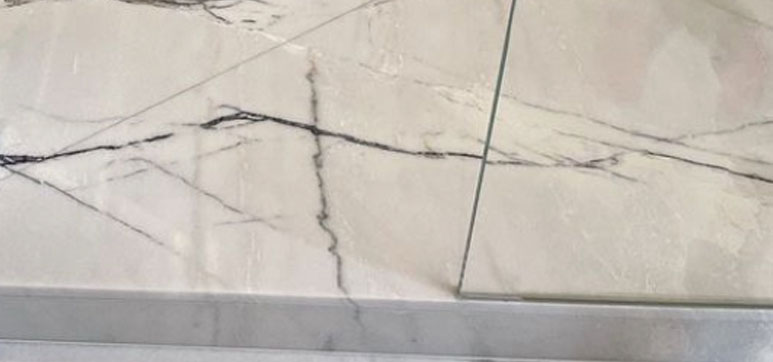The practice of spring cleaning dates back to a time when open fires heated homes and there was minimal ventilation, so that heat didn’t escape. Inevitably, this created vast amounts of dust and soot. But as the weather warmed, a house would be opened up and the accumulated dirt cleaned. There are other traditions of spring cleaning across different cultures.
We may not be washing soot-blackened walls these days, but the notion of a deep clean at this time of year has lingered. And it can yield a number of psychological and health benefits, from the elimination of allergens to the boosting of your immune system.
Start in the kitchen
Once the hearth of the home, the kitchen is now its heart. So start your spring clean in this most important of rooms, and block out a day or half-day to focus on the job.
If you’re lucky enough to have a marble floor, your space has a stunning feature lending your home a timelessly elegant feel.
But marble floor tiles can be tricky to clean if you’re not sure of how to do so. Unless you get the process right, it can be ineffective at best, or actively damaging to your stone. Here are our top tips for tackling this area as part of your seasonal deep clean.
Why does marble stain?
It’s worth understanding why marble stains so easily. Essentially, because it’s porous, it’s covered in microscopic holes which are permeable to liquids and air. And because it’s made of calcium carbonate, this substance reacts with acidic products, staining and permanently damaging the stone.
Equally, marble has small iron deposits beneath its surface, so water spillages can be more damaging than you might have realised. Iron produces rust when it meets this liquid, leaving your marble with ugly yellow or brown marks.
Tackling stains
Act quickly and blot spillages rather than wiping them. If the spill has spread or there is a stain, cover in corn starch or cornflour. Allow this to soak up as much moisture as possible.
Hot water and a few drops of washing up liquid should see off most superficial stains and spillages. Don’t use anything which may be acidic, and only buy liquid cleaners specifically designed for use on marble.
What about more stubborn stains?
Some marks, such as organic food stains, are far harder to shift than others.
Hydrogen peroxide breaks down the organic components, while, for oil-based stains, acetone is most effective at breaking down these compounds. As ever, test any product on an inconspicuous area in the first instance.
Only use hydrogen peroxide on lighter-coloured tiles, since it can stain darker ones.
Don’t use anything abrasive to shift the stain, as this can cause etching. If a mark persists, try repeating the process.
Some final tips . . .
Fit doormats so that dirt isn’t tracked inside
Use a soft-headed sweeping brush and microfibre mops or cloths – don’t vacuum
Don’t saturate your mop head with water and then place it on the floor
Rinse and drain the mop head often
Talk to Royal Stone Care
A yearly professional marble clean (perhaps in the spring) can help keep your natural stone looking its very best, and complement your regular regime. Royal Stone Care are your local marble cleaning specialists in London covering homes and business premises.
Get in touch today, whether you need marble chip repair or anything else.

